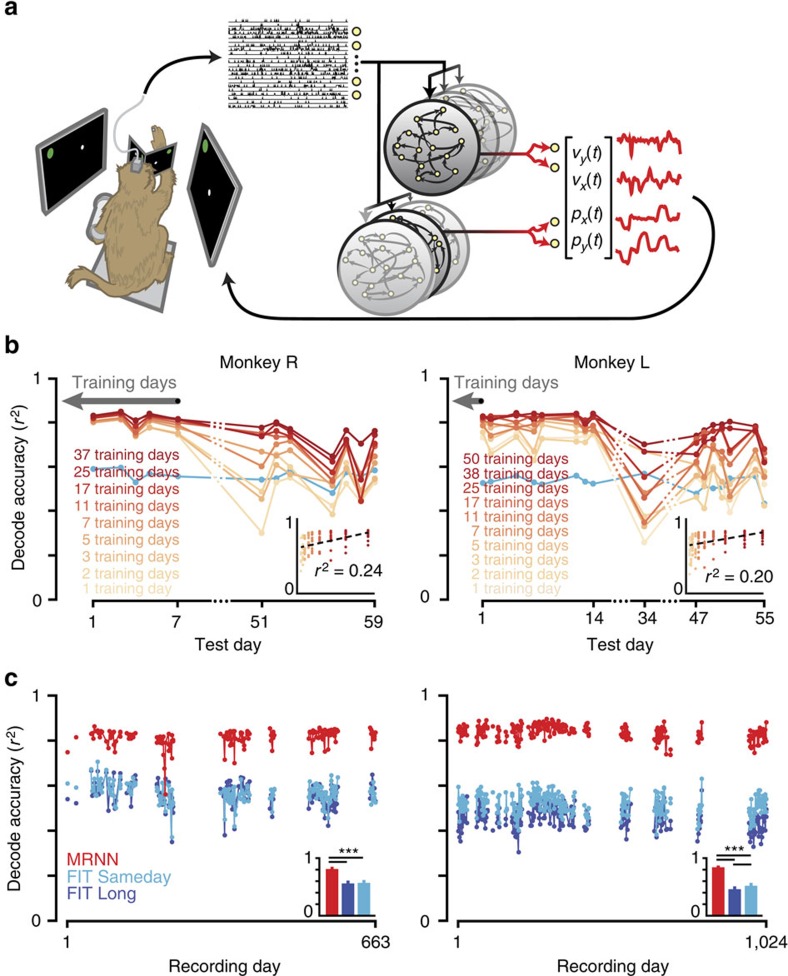Figure 2. An MRNN decoder can harness large training data sets.
(a) A monkey performed a target acquisition task using his hand while multiunit spikes were recorded from multielectrode arrays in motor cortex. Data from many days were used to train two MRNNs such that velocity and position were read out from the state of their respective internal dynamics. These MRNN internal dynamics are a function of the binned neural spike counts; thus, the MRNN can conceptually be thought of as selecting an appropriate decoder at any given time based on the neural activity. (b) We evaluated each MRNN's ability to reconstruct offline hand velocity on 12 (16) monkey R (L) test days after training with increasing numbers of previous days' data sets. Training data were added by looking further back in time so as to not conflate training data recency with data corpus size. In monkey R, early test days also contributed training data (with test trials held out). In monkey L, from whom more suitable data was available, the training data sets started with the day prior to the first test day. More training data (darker coloured traces) improved decode accuracy, especially when decoding more chronologically distant recording conditions. We also plotted performance of a FIT Kalman filter trained from each individual day's training data (‘FIT Sameday', light blue). (Insets) show the same MRNN data in a scatter plot of decode accuracy versus number of training days (99 data points for monkey R, 160 for L). Linear fit trend lines reveal a significant positive correlation. (c) An MRNN (red trace) was trained with data from 154 (250) monkey R (L) recording days spanning many months. Its offline decoding accuracy on held-out trials from each of these same days was compared with that of the FIT Sameday (light blue). We also tested a single FIT-KF trained using the same large dataset as the MRNN (‘FIT Long', dark blue). Gaps in the connecting lines denote recording gaps of more than ten days. (Insets) mean±s.d. decode accuracy across all recording days. Stars denote P<0.001 differences (signed-rank test). The MRNN outperformed both types of FIT-KF decoders on every day's dataset.

